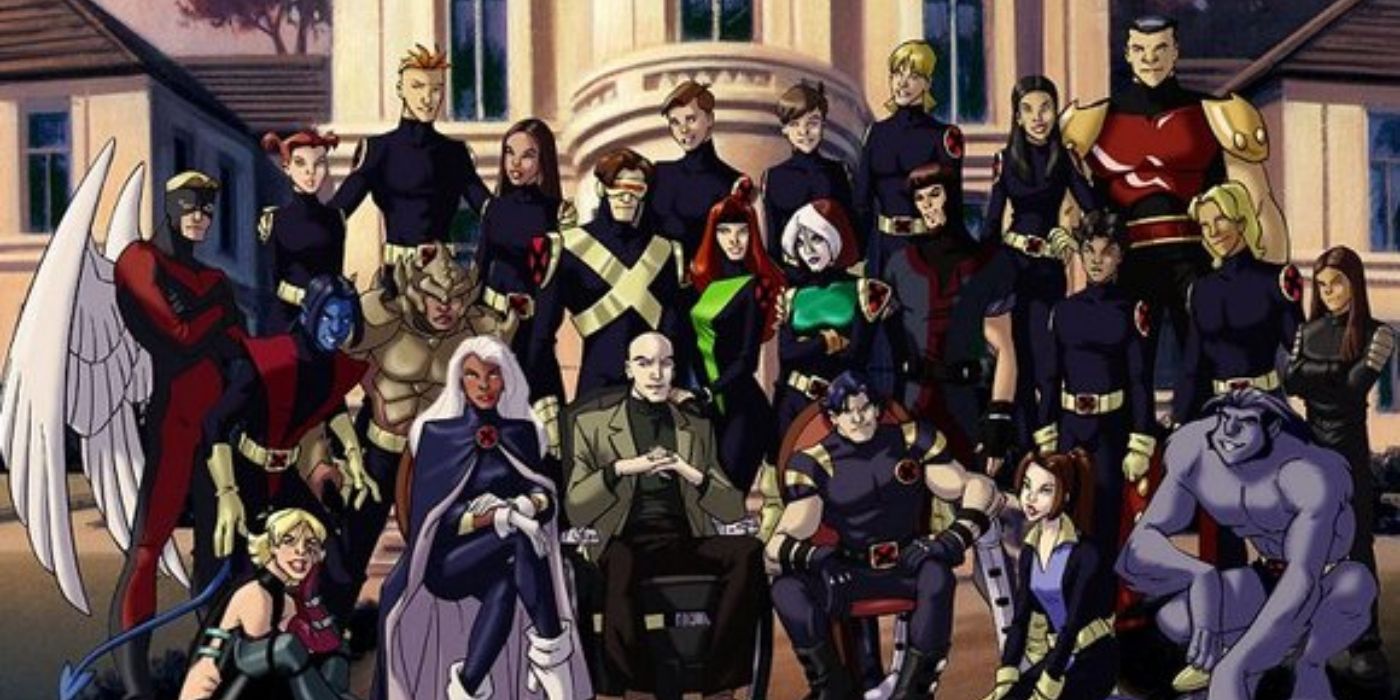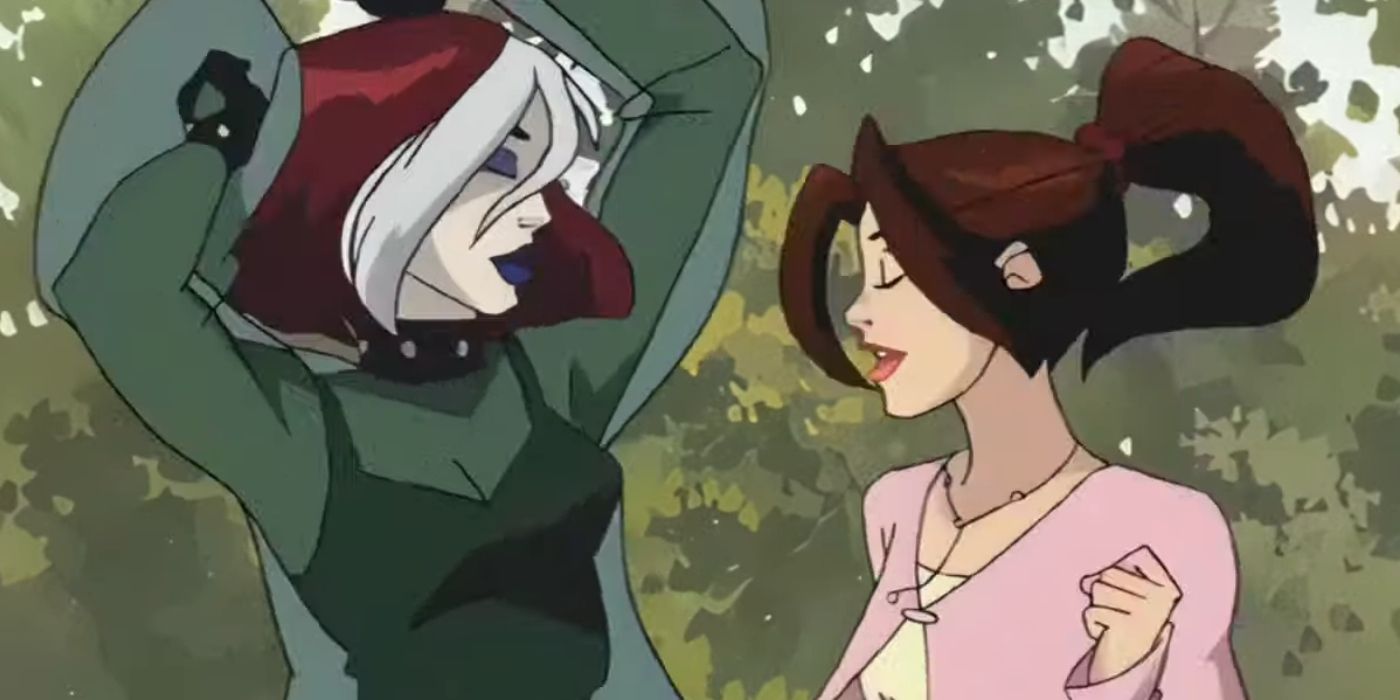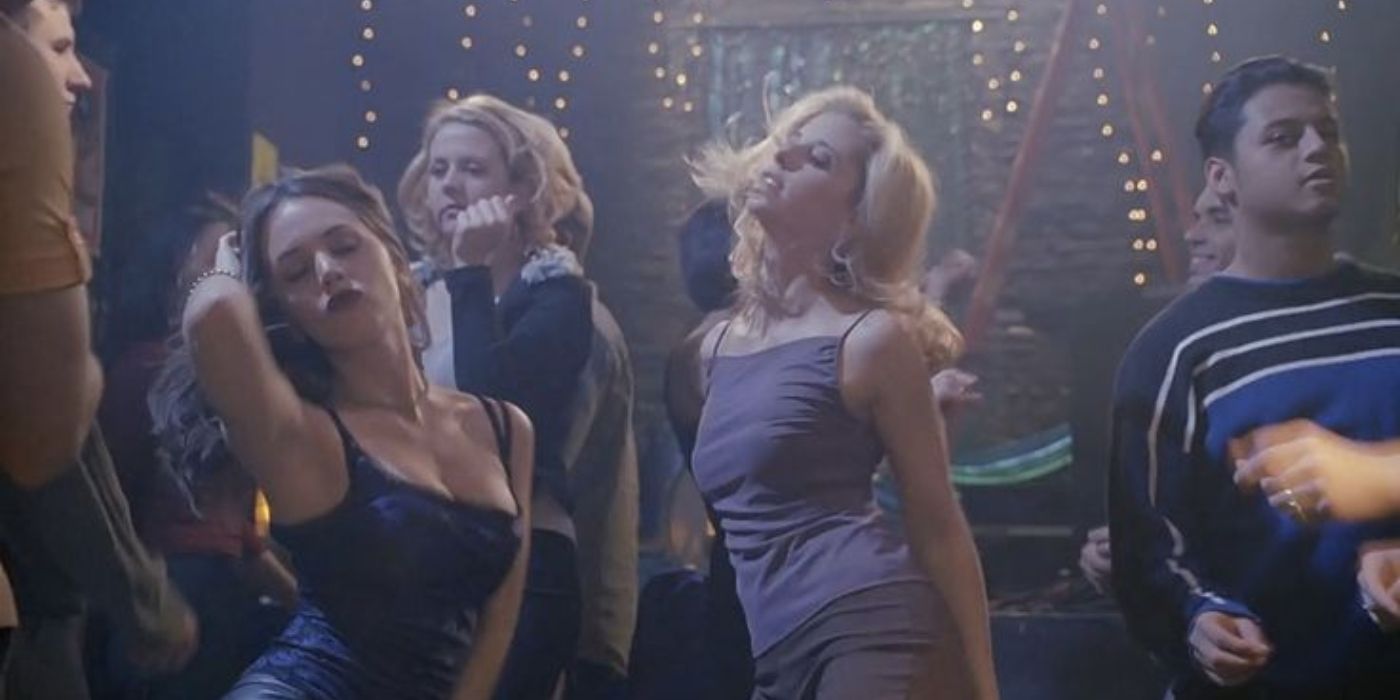At the heart of X-Men: Evolution is the teenage iterations of numerous classic X-Men. However, the character who didn't have to have their age altered to fit the high school setting was Kitty Pryde, aka Shadowcat. Introduced in the original comics as a teenager, Kitty's influence led to a whole new generation of younger heroine characters.
The original Shadowcat even served as a primary influence on Buffy the Vampire Slayer's titular hero -- which in turn makes X-Men: Evolution's direct shout-out to Buffy the Vampire Slayer even more meaningful.
The Season 1 episode of X-Men: Evolution "Spykecam" focuses on Evan Daniels, aka Spyke. Created for the series, Spyke spends the episode recording his daily life with a video camera. He eventually tries to get a shot of Kitty and Rogue dancing, where they discover the latter can't really move all that well. After a little convincing from Spyke, Rogue uses her powers to duplicate Kitty's more rhythmic dance moves. This leads to the pair dancing together for a moment before their tension throws off the vibe, with the animation for the dance being notably smoother when compared to the rest of the episode. This is partly because the dance actually had a direct live-action inspiration to help guide the animators.
During an interview with the Beyond Evolution fan-site, X-Men: Evolution Producer/Writer Boyd Kirkman revealed the scene was specifically replicating a scene from Buffy the Vampire Slayer. Season 3's "Bad Girls" focused on Buffy and her fellow Slayer, the more chaotic and rebellious Faith. As the two embrace their powers, the episode cuts back and forth between their work as vampire slayers and their time at the local club dancing together. The scene stuck with Kirkman, who saw similarities in X-Men: Evolution and Buffy the Vampire Slayer's subject and wanted to reference it. "Good animation, especially on TV schedules & low budgets, is hard to come by, so for especially difficult scenes like that one, it is very helpful to use live action as reference (Disney has been doing it on all of their feature films since Snow White)."
By the time X-Men: Evolution first aired in 2000, Buffy the Vampire Slayer had been on for four seasons of teenage supernatural heroics, and "Spyke Cam" was likely in development/production just in time for "Bad Girls" to air. But the reference takes on an additional layer when one remembers the actual origins of Buffy herself. Buffy Summers was created by Joss Whedon in his film Buffy the Vampire Slayer before reinventing the character for a television series. As explained by The Conversation, Whedon used elements and storylines from Chris Claremont's lengthy run on Uncanny X-Men comics as a primary inspiration for his storytelling. This included Buffy Summers, who Whedon has confirmed was descended in part from his love of Kitty Pryde as a character.
It's a clear comparison when one actually looks at the pair -- as both Kitty and Buffy are defined by average young women of their era, thrust into an unpredictable world of superpowers and monsters where they repeatedly had to fight for their lives and the lives of their friends. By the time of X-Men: Evolution's premiere, Buffy had become an influential figure in television in her own right -- even impacting the way characters like X-Men: Evolution's teenagers like Kitty Pryde were portrayed on screen. Kitty's comical nature, reliance on slang, and genuine heroic heart helped make a fan favorite of the show, and isn't too dissimilar from Buffy Summers. It's a unique moment of cyclical inspiration, with Buffy Summers and Kitty Pryde inspiring versions of each other in turn.



